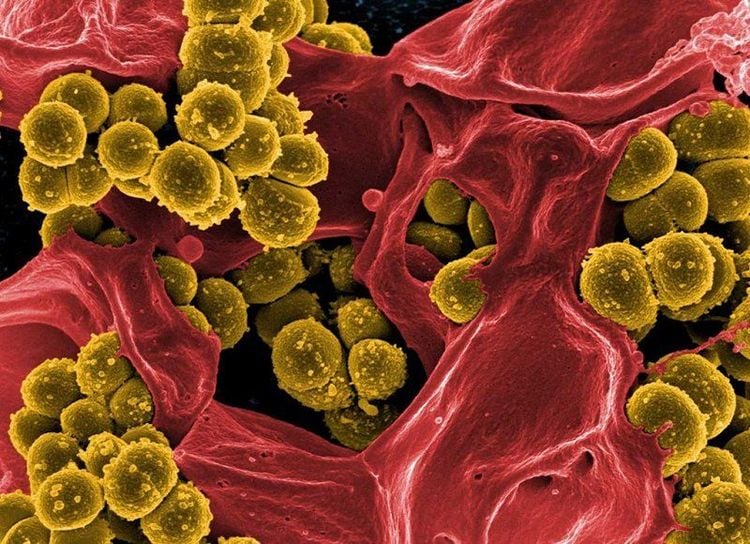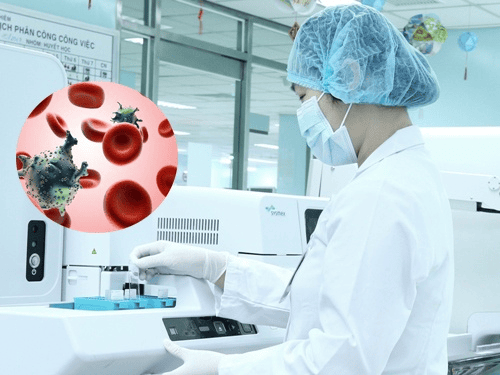This is an automatically translated article.
The article was professionally consulted with Specialist Doctor I Vo Thi Thuy Trang - Gastrointestinal Endoscopy - Department of Medical Examination & Internal Medicine - Vinmec Danang International General Hospital.1. Who is susceptible to staph infections?
Staphylococci cause disease everywhere, they appear in the nostrils of about 30% and on the skin of about 20% of healthy adults, from which can cause infection in sick people. Those at high risk for staph include:Newborns and breastfeeding mothers Patients with flu, chronic lung disease (cystic fibrosis, emphysema), leukemia, tumors, disorders Chronic skin, diabetes, burns Patients with artificial materials, foreign organs in the body Patients taking adrenal hormones, radiation, immunosuppressants or anticancer chemotherapy Injecting drug users Patients on dialysis or with chronic kidney disease Patients with open wounds, burns, large incisions

2. What diseases can staphylococcus cause?
Staphylococci can directly invade body tissues or produce exotoxins that trigger cytokines released from certain T cells causing serious systemic effects such as skin lesions, shock, organ failure, dead. Pathologies caused by staphylococci include:Staphylococcal bacteremia: An infection involving the endovascular catheter or foreign tissues usually due to primary local infection. This is an important cause of death in debilitated patients Staphylococcal skin infections: The most common medical condition caused by staphylococcus. Infected skin surface can have pustules and extensive impetigo, cellulitis, more severe can form abscesses and skin necrosis. Staphylococcal neonatal sepsis: Usually appears within 6 weeks of birth, causes skin lesions with or without scabs in infants and can lead to meningitis Staphylococcal pneumonia: May originate from a primary UTI either from another site of S. aureus infection in the body or from injection drug use. Disease often characterized by rapid progression of lung abscess formation to air sacs or empyema CA-MRSA often causes severe necrotizing pneumonia Staphylococcal osteomyelitis: Occurs more commonly in children with symptoms of fever, chills, bone pain, soft tissues then become red and swollen. Most vertebral and disc infections in adults are usually associated with staphylococcus
3. How is a staph infection treated?
Principles of treatment of staphylococcal infections include:Local treatment: Open the abscess, open the wound, remove the catheter. Antibiotics are chosen depending on the severity of the infection and the situation. antibiotic availability in the facility In addition, antibiotic choice depends on the site of the infection, the severity of the disease, and the resistance of the bacteria strain If the infection involves devices or prostheses This risk of infection should be eliminated as soon as possible. Vinmec International General Hospital is one of the hospitals that not only ensures professional quality with a team of doctors, modern equipment and technology, but also stands out for its examination, consultation and treatment services. comprehensive, professional disease; civilized, polite, safe and sterile medical examination and treatment space.
Please dial HOTLINE for more information or register for an appointment HERE. Download MyVinmec app to make appointments faster and to manage your bookings easily.














